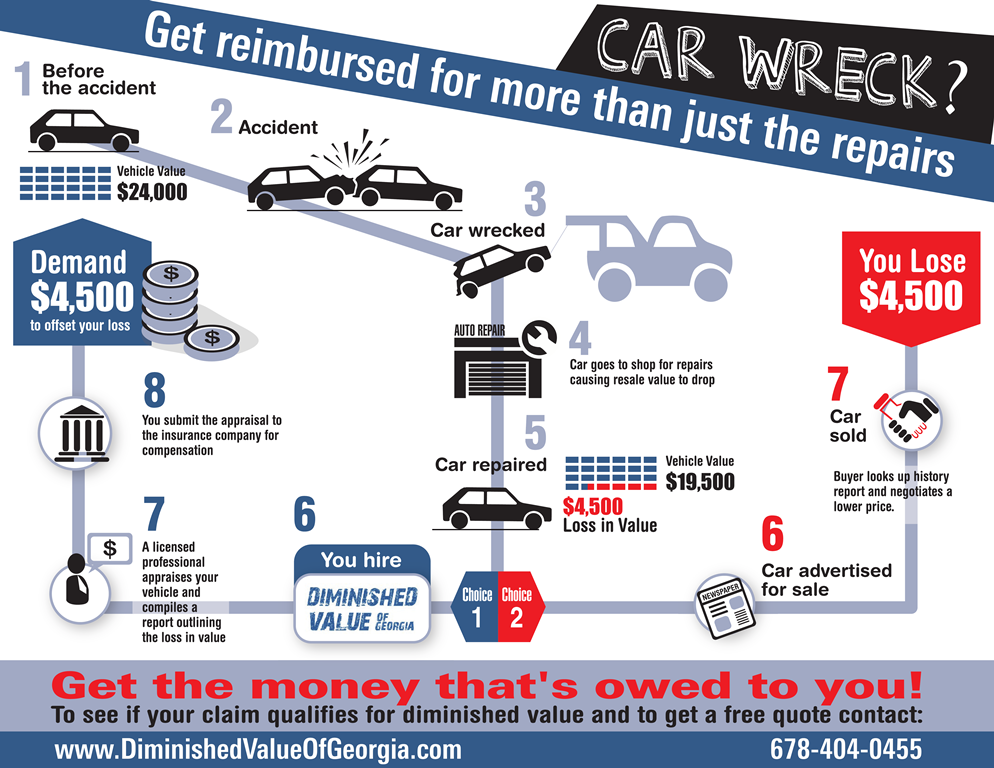Seeking Clearness On The Caution Lights Showed On Your Car'S Control Panel? Learn Just How They Relate To Your Lorry'S Health And Wellness
Seeking Clearness On The Caution Lights Showed On Your Car'S Control Panel? Learn Just How They Relate To Your Lorry'S Health And Wellness
Blog Article
Material Writer-Lim Torres
When you lag the wheel, those beautiful caution lights on your control panel can be a little bit perplexing. Do you know what they're trying to tell you regarding your cars and truck's health? Recognizing the relevance of these lights is vital for your safety and the long life of your lorry. So, the following time one of those lights appears, would not you want to understand its message accurately and take the necessary actions to address it?
Common Caution Lights and Interpretations
Recognize typical caution lights in your cars and truck and understand their meanings to guarantee safe driving.
The most normal caution lights include the check engine light, which signifies issues with the engine or discharges system. If this light begins, it's critical to have your car inspected immediately.
The oil stress warning light suggests reduced oil stress, needing prompt attention to stop engine damages.
https://ecu-remapping-near-me95062.dsiblogger.com/65044212/exactly-how-to-choose-the-right-car-explaining-service-for-your-needs flashing battery light may suggest a defective billing system, potentially leaving you stranded otherwise attended to.
The tire stress surveillance system (TPMS) light informs you to low tire pressure, impacting automobile security and gas performance. Neglecting this could cause hazardous driving conditions.
Get the facts shows a problem with the anti-lock stopping system, jeopardizing your capability to stop quickly in emergencies.
Finally, the coolant temperature level advising light warns of engine getting too hot, which can cause serious damages if not settled promptly.
Comprehending these usual caution lights will assist you deal with concerns promptly and maintain safe driving problems.
Relevance of Prompt Interest
Understanding the typical caution lights in your vehicle is just the first step; the value of quickly resolving these cautions can't be highlighted enough to ensure your safety on the road.
When a warning light illuminates on your control panel, it's your car's method of connecting a prospective issue that requires interest. Ignoring these warnings can bring about extra extreme troubles in the future, endangering your security and potentially costing you a lot more in repairs.
Motivate attention to cautioning lights can protect against break downs and crashes. For example, a blinking check engine light can suggest a misfire that, if left unattended, might trigger damages to the catalytic converter. Addressing this without delay can conserve you from a pricey repair work.
Similarly, a brake system advising light may signify reduced brake liquid or used brake pads, vital components for your safety and security when driving.
DIY Troubleshooting Tips
If you notice a caution light on your dashboard, there are a couple of DIY troubleshooting ideas you can try prior to seeking professional aid.
The primary step is to consult your cars and truck's guidebook to comprehend what the details caution light suggests. Occasionally the problem can be as straightforward as a loosened gas cap activating the check engine light. Tightening up the gas cap might resolve the issue.
One more common problem is a reduced battery, which can activate different advising lights. Checking the battery connections for corrosion and guaranteeing they're secure could fix the issue.
If a warning light continues, you can attempt resetting it by disconnecting the vehicle's battery for a couple of minutes and after that reconnecting it. Furthermore, inspecting your vehicle's liquid degrees, such as oil, coolant, and brake liquid, can help fix advising lights associated with these systems.
Conclusion
Finally, understanding your automobile's warning lights is necessary for maintaining your car running smoothly and safely. By promptly resolving these notifies and recognizing what they mean, you can prevent expensive repair work and potential malfunctions.
Remember to consult your auto's handbook for specific information on each cautioning light and do something about it accordingly to make sure a hassle-free driving experience.
find out here notified, stay safe when traveling!
